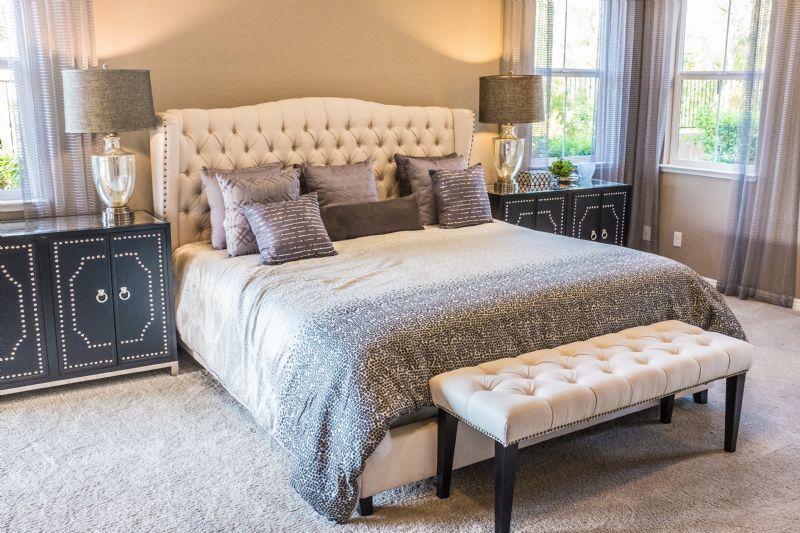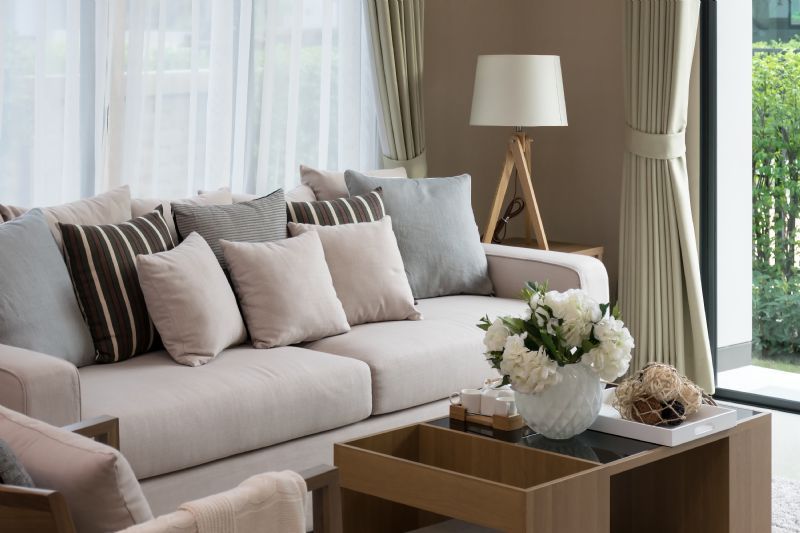 Written by Hulet Smith, OT
Written by Hulet Smith, OT
If you’re caring for a loved one who is less steady on their feet than they used to be, or if loss of balance is becoming a problem area for you, knowing how to prevent an unexpected falling episode while at home is absolutely crucial!
Every year, one in four Americans ages 65+ experiences a fall. But while it would be easy to say that losing one's balance is just a minor inconvenience, the reality is that falling often leads to a host of more complicated health problems; a broken hip or ankle, especially for an individual living with osteoporosis, could mean complete immobility.
While someone younger would simply need a designated amount of recovery time before returning to normal, an older adult with other health issues may not be able to withstand or fully recover from the trauma of a fall.
Fortunately, there are many easy, inexpensive adjustments you can make in the home right now to eliminate potential fall risks that are just waiting to trip someone up!
Bathrooms are designed to accommodate water splashing in the most unpredictable of areas, and that means most bathrooms are filled with hard, slippery surfaces. Head injury is one of the most serious risks of a bathroom fall, so it is especially important to safeguard this room.
Grab bars are designed for use near the toilet and in the tub. They provide something to hold onto for balance, and can help someone catch themselves if they do slip.
Remove scatter rugs and install anti-slip treads in the tub or shower, as well as on slippery tile floors.
Make sure that frequently used items like shampoo, soap, and towels are within easy reach, without the need to stand on tiptoes or bend down.
Install a walk-in tub or shower to eliminate the possibility of tripping while stepping into the tub, or consider the purchase of a bath lift!
Use night lights in the bathroom, as well as along the way to the bathroom, to prevent night time falls.
The bedroom should be a sanctuary, not a dangerous obstacle course. With the right precautions, you can make sure it remains a place of safety and comfort! 
Keep a light handy by the bedside, preferably one without a cord. Motion sensor lights are best - they’ll turn on as soon as they detect movement!
With no outside wires or cords to get caught on, this is another way to reduce the risk of a fall.
Changing the furniture arrangement can disorient an older person or someone with low vision, and make it much more likely they’ll trip over something while navigating around.
This includes throw rugs and any clutter. Pick up clothing and other objects each night, and keep a clear path to the bathroom.
Rubber-sole slippers can eliminate the chance of slipping on wood or highly polished floors.
If falling out of bed is a possibility, use a guard rail. Make sure it can support the weight of the person using the bed, as they will probably use it for support as well.
When it comes to slipping, a tidy kitchen is a safe kitchen! 
All it takes is one fall from a step stool to break a hip. Keep all needed tools and foods within easy reach, eliminating the need for a stool completely.
Wipe up spills immediately! A sponge mop can do the trick without the need for bending.
It may look nice, but a waxed floor is an invitation to a fall.
When cooking or preparing food for a period of time, situate a chair nearby for quick relief when legs get tired. Sitting on a sturdy stool or chair will prevent fatigue, which could cause a fall.
Skid-proof dishes have rubber bottoms that allow you to keep a firm grip and eliminate the chance of having to pick up a dropped dish.
Be slide-free with sneakers or other rubber-soled shoes, not shoes or slippers with hard, smooth soles.
Where there’s liquid, wet laundry, and clothing piles, there is risk of tripping! 
Soapy messes and spilled liquid detergent can be easily mopped up with portable floor cleaners and lightweight mops. Stash one nearby for easy access when accidents occur!
Scatter rugs are quickly disguised or not easily seen in a room where laundry is common. Prevent an accident by keeping the floor free of any kind of carpet or covering.
Front-loading washers and dryers are far easier to reach into than top-loaders. They require less bending.
Make sure laundry baskets and other small items are kept out of the way. A folding basket for laundry can easily be stored when not in use.
Use a closet bar to hang clean clothes, and make sure it's not too high to reach.
The living room or family room can be a safe place for all, with a few easy modifications.
Rearrange lights, lamps, and electronics along the walls so they’re out of high-traffic areas and not easily bumped. TV stands that control cord clutter are especially helpful.
Move or remove low coffee tables that may not be readily visible to an unsteady walker as they try to navigate a room.
Again, eliminate throw rugs and tape down carpet edges.
Sofas with wide arms better help a person rise from a seated position while maintaining balance.
Furniture risers can elevate a favorite recliner just enough to make it safe for someone to lift themselves to a standing position.
Make sure there is adequate lighting, especially for someone with low vision.
It's true that the likelihood of falling increases as age and medical histories compound. But with a little bit of effort and a dash of creativity, your home will once again be the safe haven it was meant to be - for everyone!
>> Shop Fall Prevention <<
Co-founder/CEO of Rehabmart, Pediatric Occupational Therapist, husband, and father. Passionate about connecting special needs kids with superb nutrition, sensory integration, and complementary health strategies. Excited about Rehabmart's mission to become the premier online educational platform which empowers caregivers by spotlighting innovative devices and interventions to achieve optimal patient response and recovery.